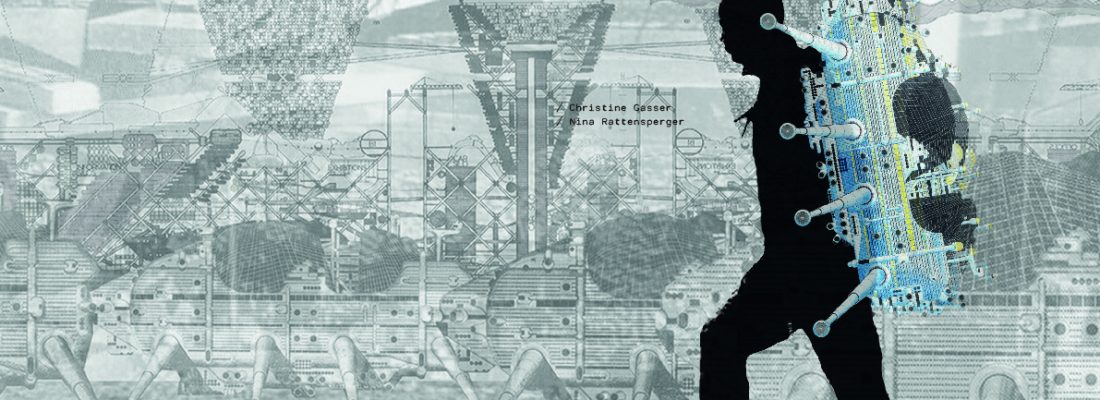
NOMADISM a rootless, nondomestic, and roving lifestyle.(http://www.thefreedictionary.com/nomadism)
This research deals with nomadism, the nomad himself but, as it is about avant-garde architecture, in particular with the nomadic territory. The starting point will be a short introduction why we see nomadism as a main point in avant-garde practices and what the nomad as figure symbolized for the architects in the 1960s and 1970s and why it is still an important topic in our globalized world. We will first analyse how some ideas of game changers like for example Hans Hollein, or Hungarian architect and thinker Yona Friedman changed the way architecture was perceived and first introduced nomadism as a theme for architecture. In their designs, we saw many of important attributes, like flexibility, adaptability or endlessness, for example in Friedmans best known project the ’Ville Spatial‘. (Img.2) Then the book will analyse some of the nomadic projects and categorize them in order to understand better the idea behind it. In the third part, we will refer on the philosophic theories of Gilles Deleuze and Felix Guattari and the feminist philosopher Rosi Braidotti, to understand the way of nomadic thinking and its impact on architecture and society as a whole. The territory will be analysed in its different aspects as to create a link to contemporary projects. Every one of us has a certain image of a nomad, but what is nomadism about, and how is the historical nomad referring to this image? And overall, which path did this nomad wander, are we living in a nomadic society today? The final result will compare the common idea about nomadism or the nomad and his territory as to compare it to new ideas.
